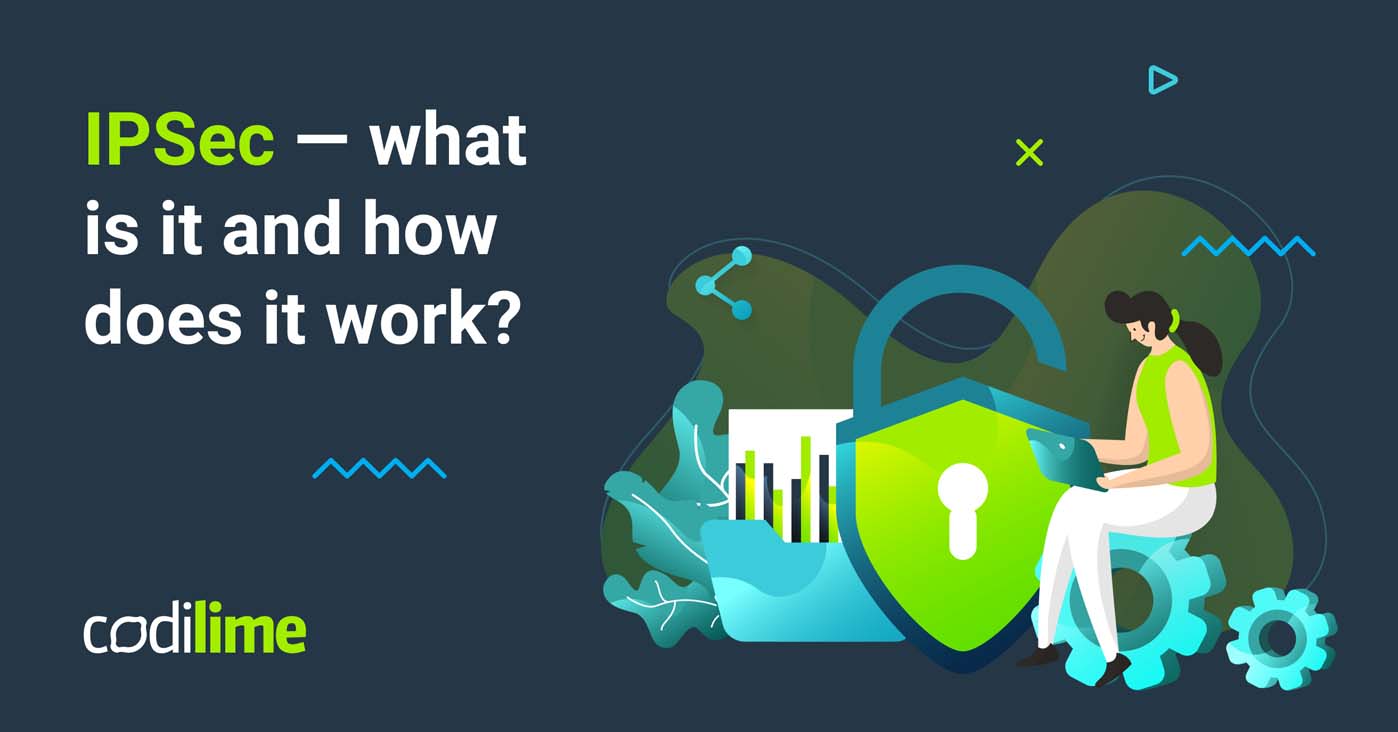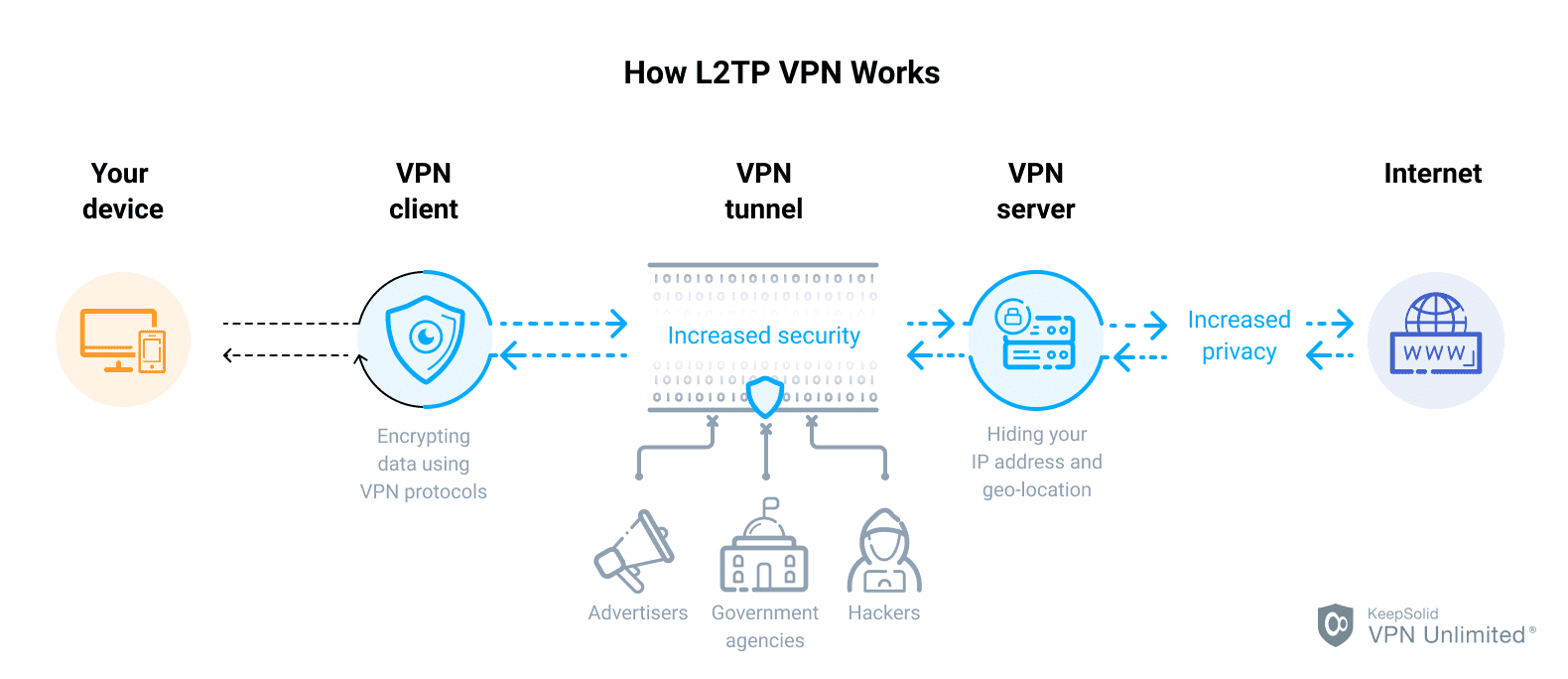Featured
Table of Contents
What Is Ipsec?
IPsec authenticates and encrypts information packages sent over both IPv4- and IPv6-based networks. IPsec protocol headers are found in the IP header of a packet and define how the data in a package is dealt with, including its routing and delivery throughout a network. IPsec adds several parts to the IP header, including security details and several cryptographic algorithms.

ISAKMP is defined as part of the IKE procedure and RFC 7296. It is a structure for crucial facility, authentication and negotiation of an SA for a secure exchange of packages at the IP layer. Simply put, ISAKMP specifies the security specifications for how two systems, or hosts, communicate with each other.
They are as follows: The IPsec procedure begins when a host system recognizes that a packet needs security and must be sent using IPsec policies. Such packets are thought about "fascinating traffic" for IPsec functions, and they trigger the security policies. For outbound packages, this implies the appropriate encryption and authentication are used.
How A Vpn (Virtual Private Network) Works - Howstuffworks
In the 2nd step, the hosts use IPsec to work out the set of policies they will utilize for a protected circuit. They likewise verify themselves to each other and established a protected channel in between them that is used to negotiate the way the IPsec circuit will encrypt or verify data sent throughout it.

A VPN basically is a personal network implemented over a public network. VPNs are typically utilized in services to make it possible for staff members to access their business network remotely.
Usually used between safe network entrances, IPsec tunnel mode enables hosts behind one of the gateways to interact firmly with hosts behind the other gateway. For instance, any users of systems in a business branch workplace can safely link with any systems in the main office if the branch workplace and main office have secure entrances to serve as IPsec proxies for hosts within the respective workplaces.
Ipsec Vpn In Details - Cyberbruharmy - Medium
IPsec transport mode is used in cases where one host requires to interact with another host. The two hosts work out the IPsec circuit straight with each other, and the circuit is generally torn down after the session is complete. A Protected Socket Layer (SSL) VPN is another method to protecting a public network connection.
With an IPsec VPN, IP packets are safeguarded as they take a trip to and from the IPsec gateway at the edge of a private network and remote hosts and networks. An SSL VPN secures traffic as it moves between remote users and an SSL gateway. IPsec VPNs support all IP-based applications, while SSL VPNs just support browser-based applications, though they can support other applications with custom-made development.
See what is finest for your company and where one type works best over the other.
Understanding Ipsec - Engineering Education (Enged) ...
Each IPsec endpoint verifies the identity of the other endpoint it desires to interact with, making sure that network traffic and data are only sent out to the designated and permitted endpoint. Despite its excellent utility, IPsec has a couple of concerns worth pointing out. First, direct end-to-end communication (i. e., transmission approach) is not always available.
The adoption of various local security regulations in large-scale distributed systems or inter-domain settings might position extreme concerns for end-to-end communication. In this example, presume that FW1 requires to inspect traffic content to detect intrusions which a policy is set at FW1 to reject all encrypted traffic so as to enforce its content evaluation requirements.
Users who utilize VPNs to remotely access a personal business network are put on the network itself, providing the exact same rights and functional capabilities as a user who is connecting from within that network. An IPsec-based VPN may be created in a variety of ways, depending upon the needs of the user.
Ipsec: The Complete Guide To How It Works ...
Due to the fact that these parts may stem from numerous suppliers, interoperability is a must. IPsec VPNs make it possible for smooth access to enterprise network resources, and users do not always need to use web access (access can be non-web); it is for that reason an option for applications that require to automate interaction in both methods.
Its framework can support today's cryptographic algorithms along with more effective algorithms as they appear in the future. IPsec is a mandatory element of Web Procedure Version 6 (IPv6), which companies are actively deploying within their networks, and is strongly advised for Internet Procedure Version 4 (IPv4) applications.
It provides a transparent end-to-end protected channel for upper-layer procedures, and applications do not require adjustments to those procedures or to applications. While having some downsides connected to its intricacy, it is a mature procedure suite that supports a series of file encryption and hashing algorithms and is highly scalable and interoperable.
What Is Internet Protocol Security? Applications And Benefits
Like VPNs, there are numerous ways an Absolutely no Trust model can be executed, however solutions like Twingate make the process significantly easier than needing to wrangle an IPsec VPN. Contact Twingate today for more information.

IPsec isn't the most common web security protocol you'll utilize today, but it still has a crucial function to play in securing web interactions. If you're using IPsec today, it's most likely in the context of a virtual personal network, or VPN. As its name suggests, a VPN creates a network connection in between 2 machines over the public web that's as secure (or nearly as secure) as a connection within a private internal network: most likely a VPN's many well-known usage case is to enable remote staff members to gain access to protected files behind a business firewall software as if they were operating in the workplace.
For many of this post, when we state VPN, we indicate an IPsec VPN, and over the next several areas, we'll describe how they work. A note on: If you're aiming to establish your firewall program to enable an IPsec VPN connection, make sure to open UDP port 500 and IP ports 50 and 51.
Understanding Ipsec Vpn

Once this has all been set, the transport layer hands off the information to the network layer, which is mainly controlled by code operating on the routers and other elements that make up a network. These routers select the route specific network packets take to their location, but the transportation layer code at either end of the interaction chain does not require to know those details.
On its own, IP doesn't have any built-in security, which, as we noted, is why IPsec was established. Today, TLS is built into virtually all web browsers and other internet-connected applications, and is more than adequate security for daily web usage.
That's why an IPsec VPN can include another layer of protection: it includes securing the packets themselves. An IPsec VPN connection starts with facility of a Security Association (SA) in between 2 interacting computers, or hosts. In general, this involves the exchange of cryptographic secrets that will permit the celebrations to secure and decrypt their communication.
Latest Posts
The Best Vpns To Protect Yourself Online
Smartphone Vpns: What You Need To Know
The 5 Best Vpn Services For The Bay Area